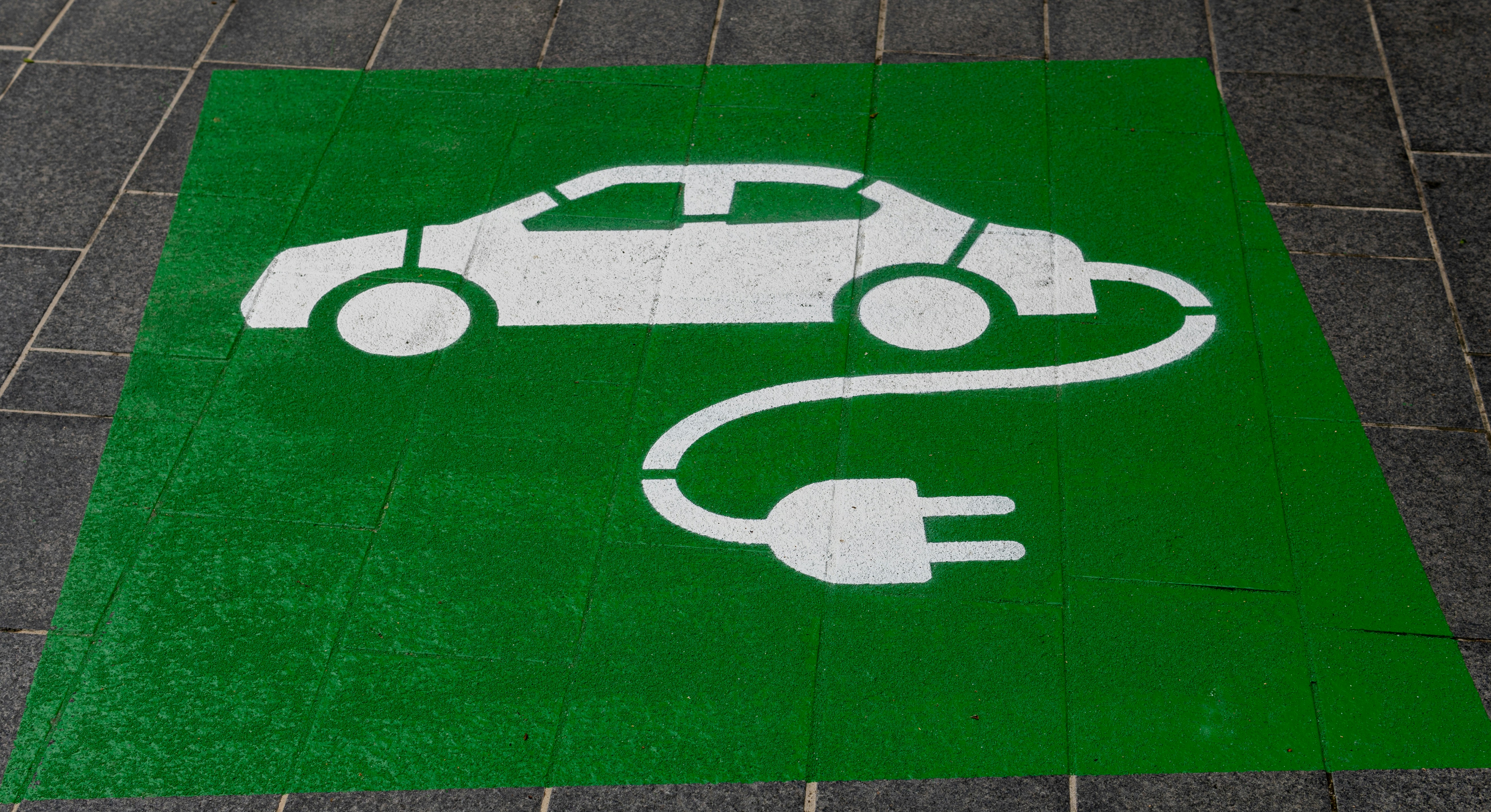News release
From:
Engineers unlock lithium from extreme environments
While demand accelerates for lithium-powered electric cars and new technology, up to 75 percent of the world’s lithium-rich saltwater sources remain untapped because of technical limitations in tough conditions.
In the race for solutions to unlock untapped sources, Monash engineers have developed worldfirst technology enabling direct lithium extraction from these difficult-to-process sources, which represent a substantial portion of the world’s lithium potential.
With some predicting global lithium supply could fall short of demand as early as 2025, the innovative technology – EDTA-aided loose nanofiltration (EALNF) – offers a game-changing solution.
The work, co-led by Dr Zhikao Li from the Monash Suzhou Research Institute and the Department of Chemical and Biological Engineering, and Professor Xiwang Zhang from the University of Queensland, promises to meet the surging demand for lithium and paves the way for more sustainable and efficient extraction practices.
Studies undertaken on brines from China’s Longmu Co Lake and Dongtai Lake, published today in Nature Sustainability, demonstrate how the innovative method could efficiently extract lithium from low-grade brines with high magnesium content. It is a type of nanofiltration that uses EDTA (Ethylenediaminetetraacetic acid) as a chelating agent to selectively separate lithium from other minerals, especially magnesium, which is often present in brines and difficult to remove.
“High-altitude salt brine flats in countries like China (Tibet and Qinghai) and Bolivia are examples of areas with tougher brine conditions that have traditionally been ignored. In remote desert areas, the vast amounts of water, chemicals and infrastructure required for conventional extraction just aren’t available either, underscoring the need for innovative technologies,” Dr Li said.
“With Monash University’s EALNF technology, these can now be commercially viable sources of lithium and valuable contributors to the global supply chain. Our technology achieves 90 percent lithium recovery, nearly double the performance of traditional methods, while dramatically reducing the time required for extraction from years to mere weeks.”
The technology also turns leftover magnesium into a valuable, high-quality product that can be sold, reducing waste and its impact on the environment.
Beyond its advanced efficiency, the EALNF system brings innovation to address major environmental concerns associated with lithium extraction. Unlike conventional methods that deplete vital water resources in arid regions, the technology produces freshwater as a by-product.
Dr Li said the system was flexible and ready for large-scale use, meaning it can quickly expand from testing to full industrial operations.
“This breakthrough is crucial for avoiding a future lithium shortage, making it possible to access lithium from hard-to-reach sources and helping power the shift to clean energy.”
Multimedia




 Australia; VIC; QLD
Australia; VIC; QLD


